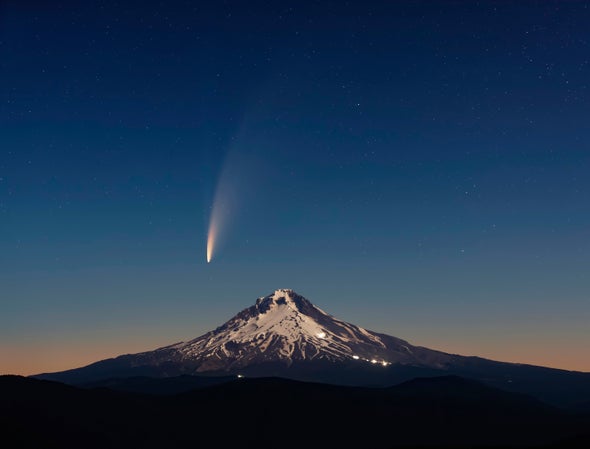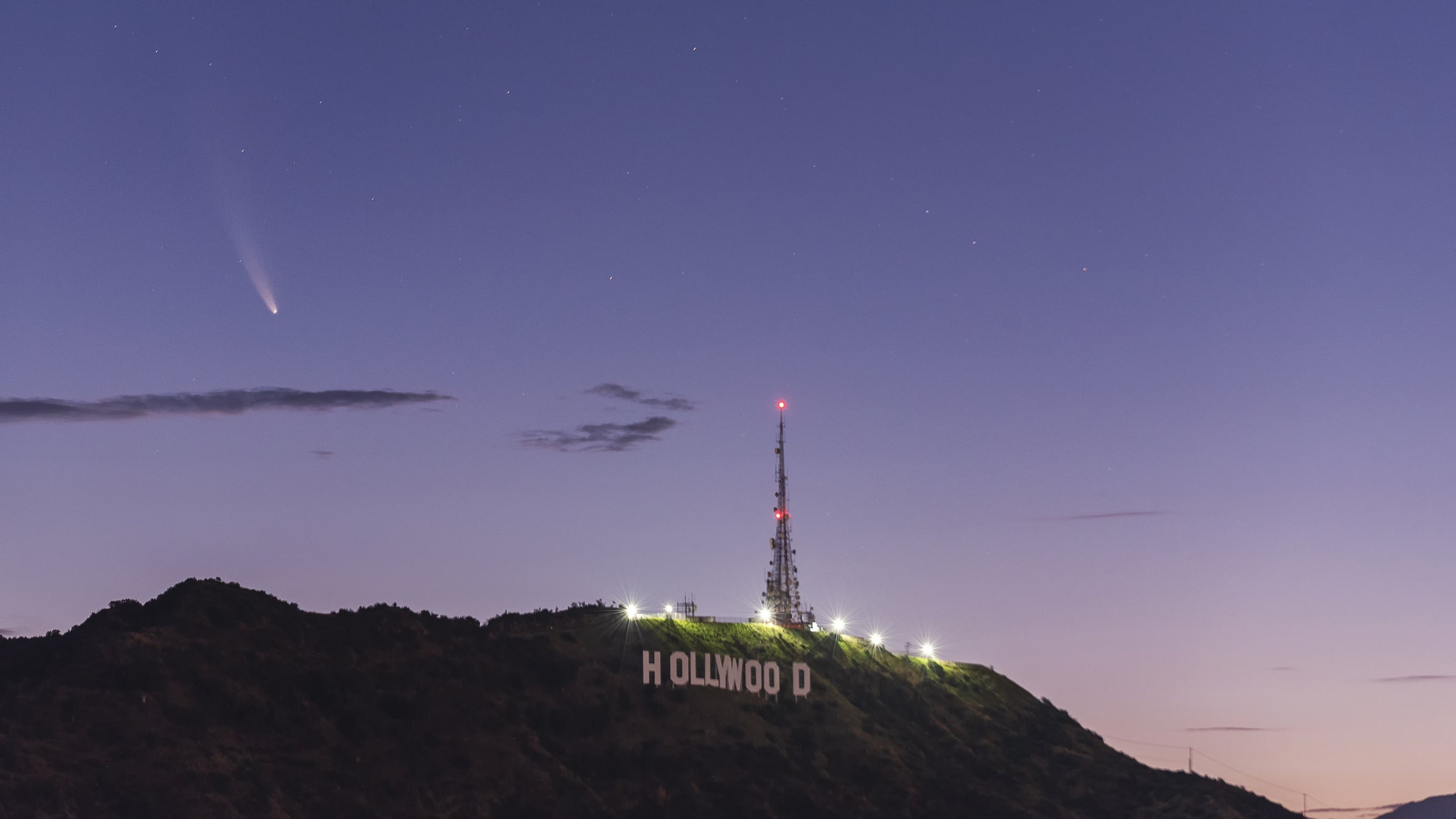I had a great coaching call with an entrepreneur the other day.
He has a complex tech product that needs to break through… but most of his clients aren’t technically savvy.
We spent a lot of time reviewing his product to figure out the best way to explain it. My protégé has always taken too long to explain it – to the point where I suspect most prospects start to get confused (and a little anxious) before they understand how the product can help them.
Here are my suggestions:
· Reach out to other people who have pulled off big projects like this. Ask if you can pick their brains. If they're amenable, ask them if they’d be willing to become mentors or advisors – ie, open to a call once every few weeks or months so you can draw more ideas and/or motivation from them.
· Find someone to work on the project with you (or else take over the other duties you’ll be shirking in order to work on your Big Idea). Look for other entrepreneurs between gigs who might be willing to work on a project for the experience rather than a salary – and weight the compensation so they get the lion’s share if they meet the targets you've set.
· Look into hiring interns: students looking for/in need of work experience. Give them the tough, dirty jobs you're not good at. They’ll appreciate the real-life experience and put their energy behind it. At the end, pay them more than you agreed to at the beginning.
· Put together a board of advisors for your big project. Bring on as many supporters/mentors as you can. When you start working on something new, you risk wasting weeks of time reinventing the wheel. Find people who have already been where you are going, and get them on board. Pay them if you have to, but it doesn't have to be a lot. Most people enjoy helping out, and derive a lot of benefit from coaching others.
Finally, people don't talk a lot about business plans any more. I think that's a mistake. Before he starts working on his bold new initiative, I asked the founder to do the thorough homework required. Start by figuring out how long it’s going to take, what resources it will require, and how much it’s all going to cost. Work out in advance what success will look like; who your key allies/suppliers/customers will be; and how to best approach them.
When you're in the middle of a new initiative, when people are calling and texting you and problems are breaking out everywhere, work can get very confusing and stressful. You’ll be glad you have a plan to ground you and a road map to follow.







